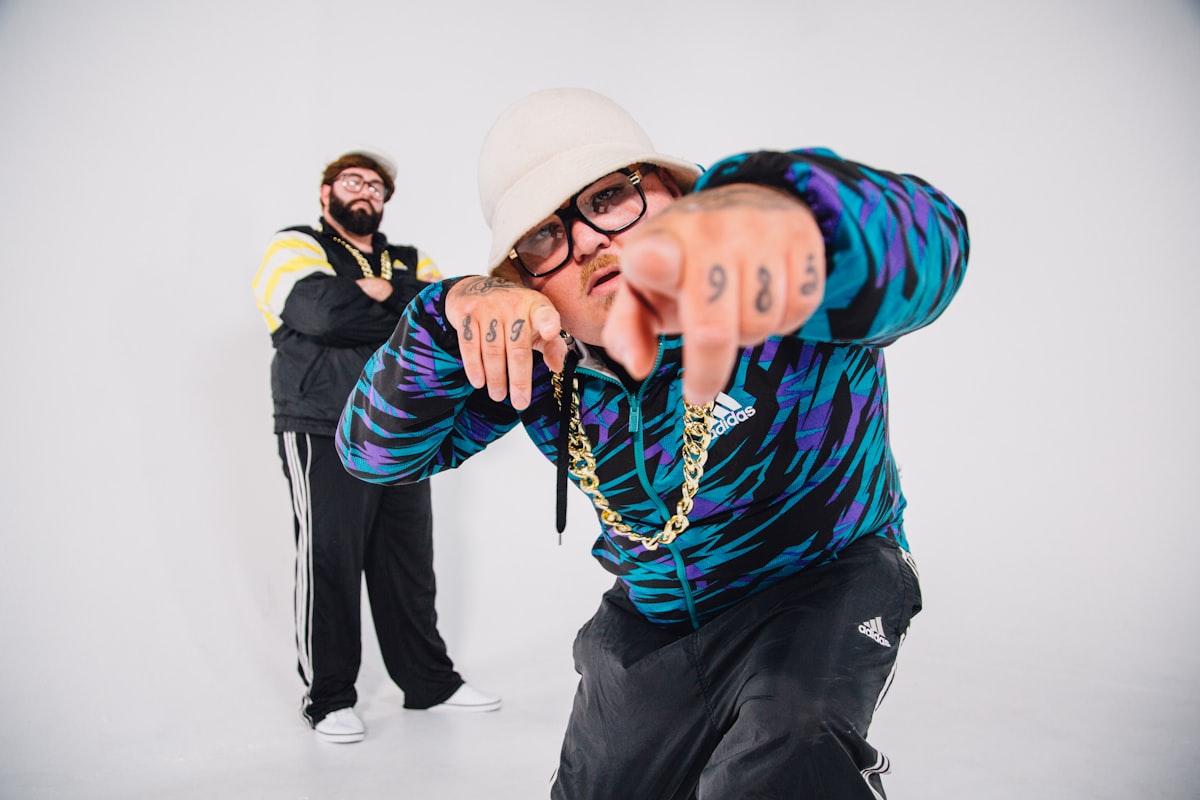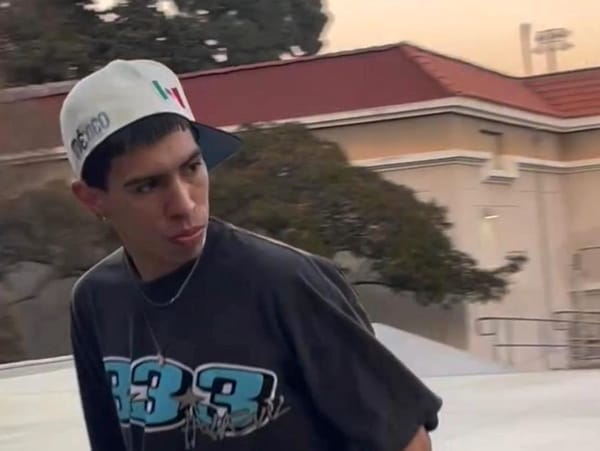Mexican rap music reveals itself as a mature and identity-driven culture
The best days of Mexican rap are here with a strong, expanding, and varied blend of performers who bring identity in their rhymes.

Mexican rap's best times are here with a solid, growing and diverse mix of artists who combine in their rhymes the identity of an entire country, with its flaws and virtues. In the 1980s American rap began to arrive in Mexico impregnating the artists of the time with its emotion and creativity to translate it into their own language.
The genre took, however, a while to be digested and there were several approaches such as the first experiments of Sindicato del Terror, the more commercial pop with exponents like Caló, or protest songs with the band 4to del tren. They laid the foundations of what would later become a particularly Mexican and urban identity genre that international record companies ignored, as its growth increased stigmas that could imply that these artists would be labeled as delinquents.
Now, more than 40 years endorse the genre that includes artists as diverse as Control Machete, Cartel de Santa, C-Kan, MC Davo, Hispana, Bocafloja, Santa Fe Klan, among many others.
Mexican rap is defined by the country's history and the harsh social reality that plagues the youth in the midst of a precarious and violent context. For that reason, the themes in the genre are repeated: poverty, violence, drug trafficking, drugs, alcohol and power, but the visions vary because some praise them, others criticize them.
The barriers between musical genres used to be like insurmountable walls, but now, in the era of free access to huge amounts of music and the most unexpected collaborations between urban and ballad leaders, flamenco and reggaeton, or urban and regional rap, the barriers no longer exist and the only limit is the imagination.
Jimmy Humilde is one of the exponents of the modernization of regional Mexican rap and its mix with American rap. With figures such as Natanael Cano, Ovi, Junior H or Dan Sanchez in his company, Rancho Humilde, brings together the love for Mexico of second or third generations of Mexican migrants in the United States.
For these artists, the most important thing is the memory of their roots, something they often achieve through regional Mexican music. But, on the other hand, they grew up in a U.S. context, influenced by rap and hip hop artists from that side of the border.
These young people no longer sing to the gangsters, they sing to the marihuanos. In their lyrics they talk about the street, the refuge they find in marijuana or lean (a drink made with cough syrup), love and their dreams of becoming famous and earning a lot of money to help their families.
However, there are those who consider hip hop to be something very different. This is the case of Dayra Fyah, a rapper from Ecatepec, one of Mexico's most populated and violent municipalities located northeast of the capital. For her, rap and hip hop differ in that the latter is eminently social, so one of the unwritten rules is that no disrespect can be shown.
Rap is a universal language, it is an easy way for some to get messages across that have no positive social impact. To talk about violence or drugs is to continue perpetuating those dynamics that as a society are doing us so much harm.
With lyrics like "Let the wine spill, let everyone dance, until the soul heals, surrounding this bonfire, burned what binds" Dayra wants to contribute her bit to the advancement of a society with more rights. As a woman who speaks of feminism in many of her songs, she sometimes finds it hard to find the motivation, but for 17 years rap has been her need, a means of expression.
Like her, others like Mare Advertencia Lirika or Audry Funk use hip hop as a weapon of revolution, far from what much of the industry understands as rap and closer to social justice.




